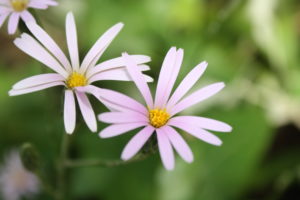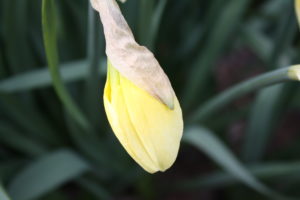For most gardeners living in the Northeast or Northwest portions of the U.S., you are longingly counting down the days until the threat of frost disappears so you can get outside and play in your garden. For most of us, the first frost-free month is the month of May, and now it’s finally time to get serious about your horticulture.

As a good gardener, you probably want to prepare for the growing days ahead of time, which is why we’re going to provide a 2018 spring garden ideas checklist that ensures you are on top of your gardening game.
Our 2018 Spring Garden Guide
- Trees and Shrubs
- For the azaleas, rhododendrons, and camellias, be sure to fertilize them with fertilizer that is custom tailored to acid-loving plants;
- After trees and shrubs bloom, prune them before they begin setting next year’s flow buds during the latter part of the summer;
- Monitor your roses, looking for fungus and diseases while keeping them nicely fertilized;
- Transplant the trees and shrubs in plant containers before the hot weather takes root;
- As always, keep everything sufficiently watered;
- Check for winter damage and prune back any problems;
- Lastly, apply mulch to shrubs with shallow roots to protect against forthcoming heat and weeds.
- Perennials and Bulbs
- After the last frost, plant tender bulbs, including caladiums, dahlias, and gladiolus;
- After blooming, fertilize bulbs;
- Place stakes for the large perennials if they need the support;
- Enable spring bulb foliage to die back by itself, as cutting it back can risk the integrity of the flower;
- Plant all perennials before the hot summer weather hits;
- For perennials, it’s best to transplant before they are 6” tall;
- Lastly, work with your vines to grow upwards on the structures you have provided for them.
- Annuals and Containers
- For marigolds, cosmos, and zinnia, be sure to plant them immediately following the last frost;
- Pinch back growth to encourage full plants;
- Fertilize to encourage more growth and flowers;
- Use fresh soil, straight from your compost bin;
- Lastly, don’t forget to sufficiently water!
- Veggies & Herbs
- Plant tomatoes, peppers, and corn following the last frost;
- To extend your harvest, plant veggies every few weeks for the biggest yield;
- Manage weeds so the veggies receive the majority of water;
- Consider natural ways to manage pests and insects;
- For plants that are fruiting, refrain from spraying.
- Houseplants
- Let your houseplants get a little natural exposure on nights where temperatures are above 50 degrees Fahrenheit;
- Always keep them in the shade.

Best practice approaches for all plants during the spring and summer seasons is to: turn your compost pile regularly, learn about natural predators native to your region, feed the hummingbirds that will be paying your garden a visit, and of course, take photos of your beautiful yields after all of your hard work and dedication to the garden.






